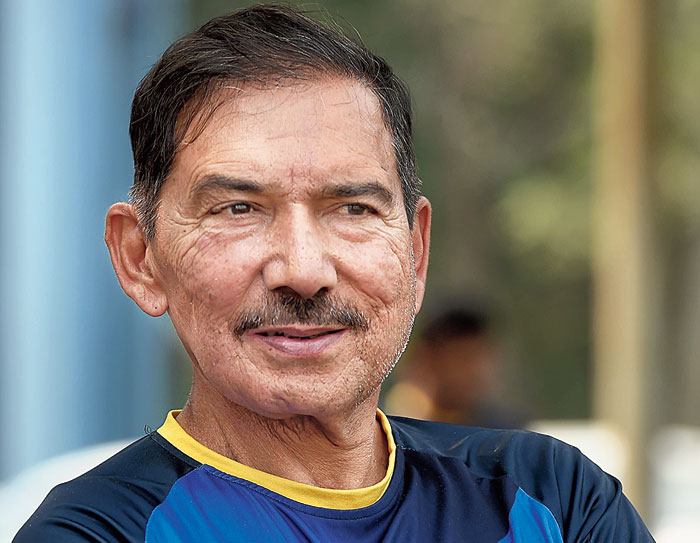Since their readmission to international cricket in 1991, South Africa have seldom looked as helpless as they have in this series.
Former India batsman Arun Lal thinks that a not-so-strong domestic structure might be the reason behind the decline of South African cricket. “In countries where the domestic structure is strong, such a fall happens rarely. Take the case of Australia. Even England, even if they are not having the best team in the world, they will not slide to the bottom, they will be among the top five.
“But then look at Sri Lanka, they can become a great side and then suddenly they can become useless. If you have a good domestic structure, you will have a good pool of players and in times of crisis, that really helps,” Lal told The Telegraph.
South Africa depend heavily on their fast-bowling unit and while they don’t have a Dale Steyn, Kagiso Rabada and Vernon Philander are considered world-class. But while the Indian pacers seemed unplayable, their Proteas counterparts were ordinary at best.
Lal thinks the problem lies in the visitors’ failure to adjust to the length that is required on Indian pitches.
“Traditionally, when the fast bowlers come to India or Pakistan, they have struggled. That includes the likes of Dennis Lillee, too.
“There is a different length you have to bowl, there is a different release of the ball that you have to employ… Because here there is no bounce and pace, you have to rely a lot on movement, with the seam hitting the wicket.
“Whereas on pitches of South Africa and Australia you have to hit the deck, your release is different, you rely on pace and bounce more than movement. So the length is very different. And of course, we simply have quality fast bowlers nowadays,” he said.
Overall, Lal believes that the Proteas are going through a “rebuilding phase”.
“Hashim Amla, AB De Villiers are irreplaceable… So in their absence, it will definitely take some time to rebuild the team. I have to say this, this South African team is a very weak batting side, the weakest may be.”
Former South Africa all-rounder Lance Klusener blamed the Kolpak deal for the slide. “We have had players like Steyn, De Villiers, (Imran) Tahir whose quality kept the feeder cricketers out. Now since the (British) Pound is a lot stronger than the Rand, it has forced the fringe players to move on to County deals as they didn’t get the game time and proper opportunity then. Now that the legends have all retired, those feeder players who should have been coming in are unable to as they are all part of the Kolpak deal.”
Klusener also pointed to the declining standard of coaching. “The standard of coaching in the franchises in South Africa is not what it used to be. So we are getting players who are not necessarily finished products. The leading coaches of South Africa like Allan Donald, Gary Kirsten, Graham Ford are all coaching overseas. They get paid better overseas with better living. At the end of the day, value of money always matters,” he said.
Former Indian pacer Irfan Pathan, on commentary duty, put the onus on Cricket South Africa.
“CSA needs to make some sort of rules and regulations for players taking up the Kolpak contracts. They are missing out on a lot of good players, like Kyle Abbott. He was a wonderful bowler and could have been an asset for South Africa,” said Pathan.
Additional reporting by Sayak Banerjee










